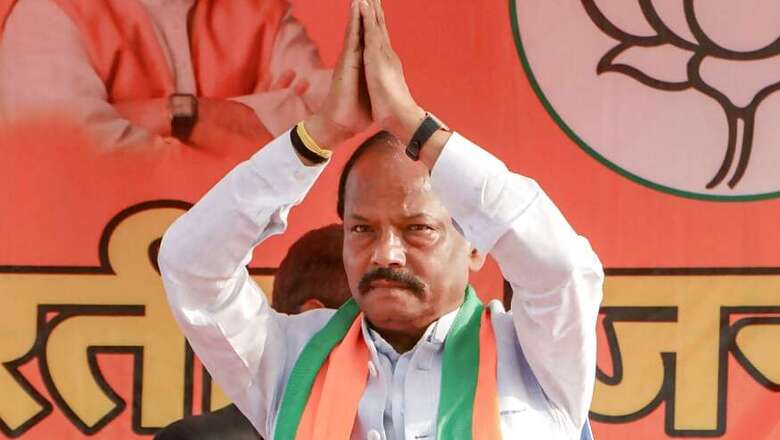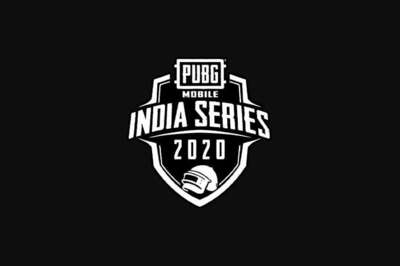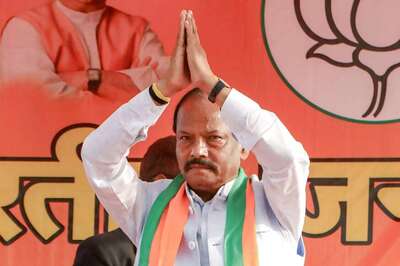
views
New Delhi: The BJP’s near total domination of the political landscape after 2014 helped the party win elections in many provinces. The party formed governments in many states where it had earlier played a second fiddle to a regional ally.
For instance, in Maharashtra and Haryana, it emerged as the single largest party in 2014. In Jharkhand, the party came very close to the halfway mark and formed the government under Raghubar Das.
The political domination gave the BJP enough leeway to experiment with leadership. So in Maharashtra it nominated Devendra Fadnavis, a Brahmin, as the CM. In Haryana, Manohar Lal Khattar was the party’s choice for the CM’s post. And in Jharkhand, a tribal state, Raghubar Das was asked to lead the government.
In all three states, the BJP handed over leadership to someone who did not belong to the numerically dominant caste or social group. Later in 2017, we saw the party using the same yardstick in settling the leadership issue in UP when it nominated an upper caste leader in Yogi Adityanath as UP chief minister.
This formula to create alternative power structure has its advantages. For one, a leader from minor social group is generally more acceptable to dominant communities who vie with one another for a larger share in the political pie. For instance, in Rajasthan, Ashok Gehlot, who comes from numerically small OBC community, gains in acceptability when dominant Jats and Rajputs compete for political power.
Success or failure of such experiments in social coalitions tends to depend on how accommodative and nimble the leadership is in maintaining the balance of power. If not, then local factors and social dynamics tend to engender counter mobilisation.
These countervailing forces seem less effective when national issues tend to influence electoral preferences. As in the general elections in May 2014, most of these states voted overwhelmingly for the BJP.
In provincial elections, however, the fault lines become more tangible. Signs of dominant castes asserting their identity was first evident in the last Gujarat assembly polls. The BJP managed to win the elections by its sheer dominance in urban seats, but Patel in particular whittled down BJP’s lead in the assembly by a fair margin.
In Haryana assembly polls earlier this year, Jats, the dominant agrarian community, struck back to eke out a share in power from the BJP. The party has had to accommodate JJP with deputy CM’s post. Even the opposition space under Bhupinder Singh Hooda has been appropriated by the community.
In Maharashtra again, the Marathas struck back to revive the ‘triple M’ combination with Minorities and Mahars to remove BJP from power. The Shiv Sena may have its CM in the state, but the fulcrum of power would indisputably lie with Sharad Pawar.
In Jharkhand, too, the BJP experimented with a non-tribal chief minister to give a stable government for five years. But here again, numerically dominant social groups are recalibrating to seek a larger say. All Jharkhand Students Union (AJSU), with its base among the Kurmis in Chota Nagpur plateau, broke alliance with the BJP.
On the contrary, Jharkhand Mukti Morcha sought to mellow down its image among the urban and semi urban non-tribal voters. This helped its allies immensely to challenge the BJP in cities like Bokaro, Dhanbad and Jamshedpur and in some districts bordering Bihar helping alliance to notch up a clear majority in the state.




















Comments
0 comment